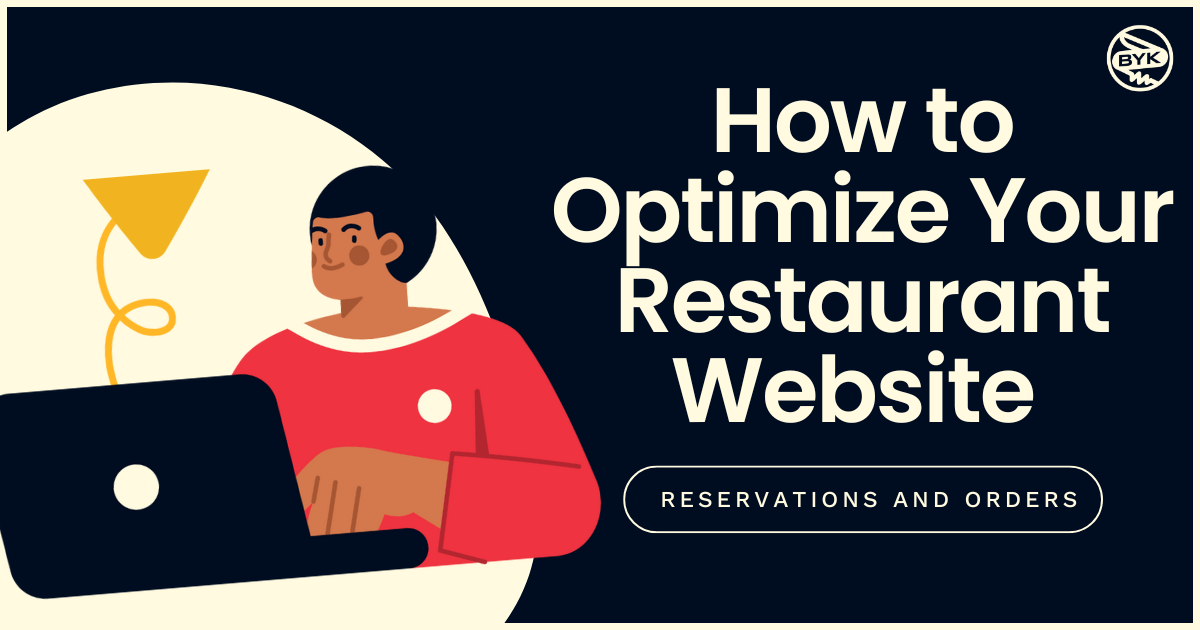You can read 25 different articles and hear about 25 different ways to improve your SEO. There isn’t just one single path to success.
One aspect of any SEO optimization plan that is important, and relatively easy to implement, is optimizing internal links. Below, we’re talking all about internal links, their value, and how to make them work for you.
What is an Internal Link?
So first and foremost, let’s define an internal link. This is any link that connects two pages within the same domain (on the same website). For instance, if you run a restaurant with online ordering and on your homepage there is a “Shop Now” button that takes people to your online storefront, that would be an internal link. Internal links take you to a new location on the same website.
What are the Other Types of Links?
This post is all about internal links, but there are two other major types of links that play a role in your SEO as well. These are external links and backlinks. External links exist on your website, and take people to a different site. For instance, if you write a blog post and source your data from a New York Times article, you would likely include an external link to the NYT in that post.
Backlinks are the opposite of external links: They live on other websites, and direct people to your site. For instance, if you run a CPG company and your product is featured in Good Housekeeping’s list of best products of the year, they likely will include a backlink to your site in that list.
Types of Internal Links
Now back to our focus on internal links. You can classify your internal links in two categories: Structural and contextual.
Structural links, as the name suggests, are built into the structure of your site. These include things like buttons and menus that link to various pages on your website. These links can help build your site architecture in an SEO-friendly way (more on that later).
Contextual links are included in the content of your website. These would be things like hyperlinks in text, or headings that link to other pages or subpages. Contextual links serve a specific purpose for your website and SEO as well, which we’ll get into in the next section.
The Value of Internal Links
Now that we’ve explained what internal links are and how they are used, it’s time to dive into the why of it all.
Internal links are a key part of the SEO puzzle, especially when it comes to your site architecture. As we alluded to above, structural links are the main tool for this. The structure, or architecture, of your site should be designed in a specific way to make it easier to be crawled, and thus help your SEO rankings.
The ideal structure for a website looks somewhat like a pyramid: There is one homepage, from which a handful of key revenue-driving pages can be reached. And from each of those pages, there are even more pages connected. Structural links are the connectors between these pages. Buttons and menus on your homepage should drive people to the handful of pages on your site that you want to have the most traffic.
Internal links make your site navigation easier and cleaner. You can use both structural and contextual links to connect pages that are relevant to each other, and that customers are likely to want to move directly between. This will help not only your SEO, but your website user experience as well.
Internal Links and Link Equity
Another reason to make use of internal links is something called link equity. Without getting too deep into it, link equity is essentially the value or authority that is passed from one page to another by a link between them.
If you have a particular page on your website that has especially high traffic or is often cited by other sites, it probably has higher authority and thus a stronger SEO ranking. If you link from this page to other pages on your site, you can pass along some of the authority to help your other pages rank higher as well.
An important note when it comes to link equity: You don’t want to go crazy just linking every possible page on your site to each other. For real value to be passed along, there are a number of factors the algorithms will consider. Most notably, a link will pass along equity if it is relevant, it is a followed link, it is located high enough on the webpage, and there aren’t too many other links on that page.
With all the information about internal links and SEO above, we hope you have a better idea why they are so important for your website. If you want to learn more about our SEO services, including internal link optimization and so much more, reach out today for a free consultation.




